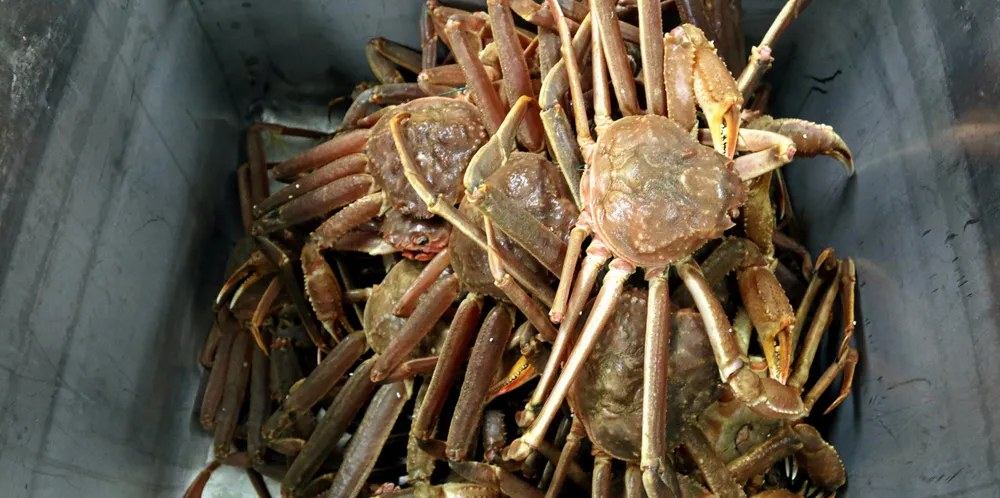Which crab producers benefit from Alaska's fisheries closures? Not Canada, says Nova Scotia snow crab supplier
Consumers are turning to cost-saving measures and changing their seafood shopping habits, negatively impacting crab sales.

Consumers are turning to cost-saving measures and changing their seafood shopping habits, negatively impacting crab sales.
